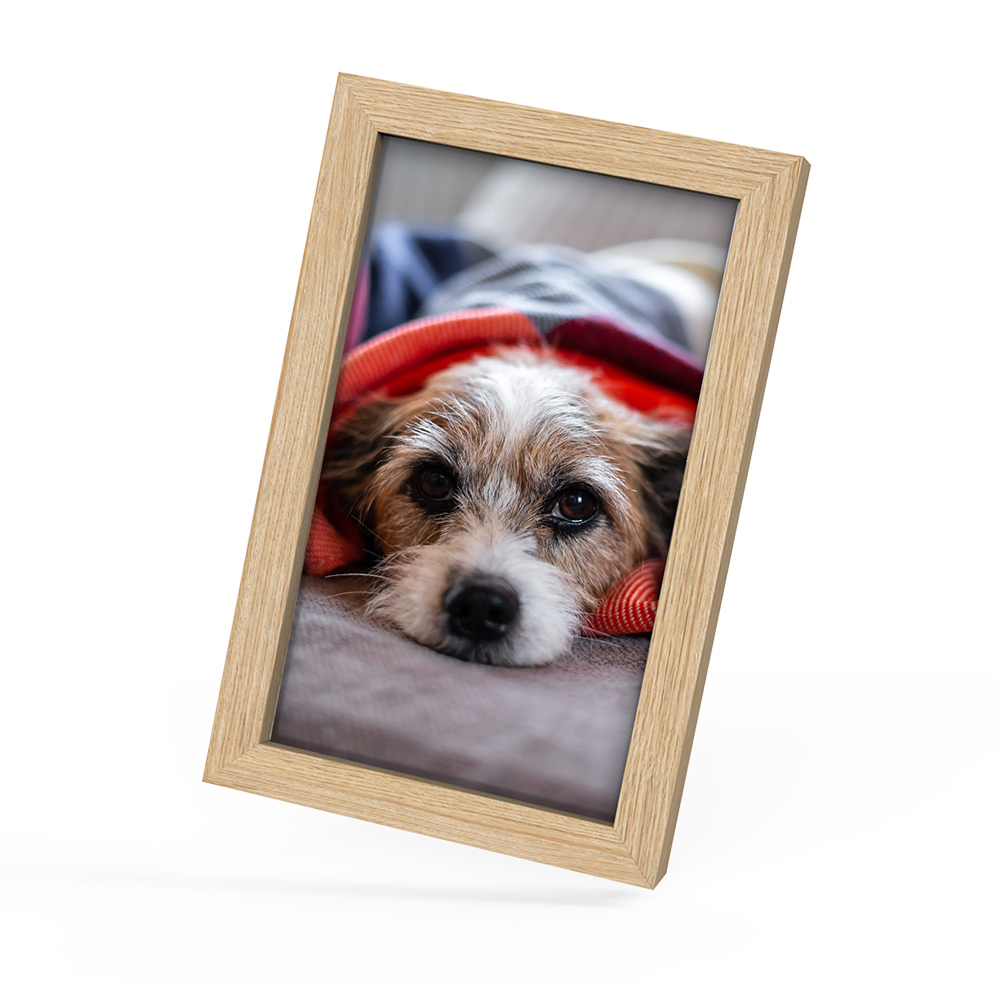Guest contribution
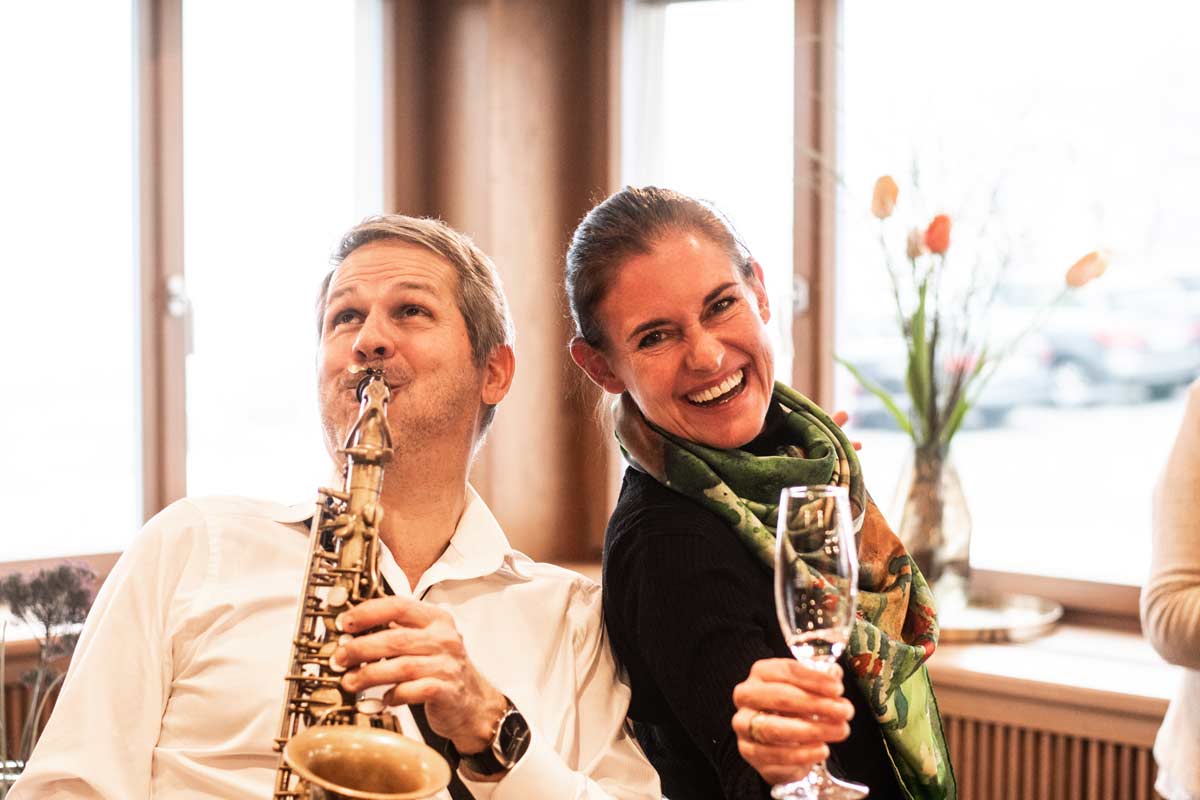
Photographing family celebrations
The intimate setting of a family event provides ample opportunities to capture emotions. What could be better than capturing pure happiness? It works best if you are a member of the family.
Capturing spontaneity
Spontaneously shot photos can capture emotions better than posed pictures. But you must always have the camera ready, otherwise the moments of happiness you are looking to capture will be gone. Getting up close to a person unnoticed, keeping them in your sights for longer and pressing the shutter at just the right moment – it all feels a bit like going on a “photographic subject hunt”.
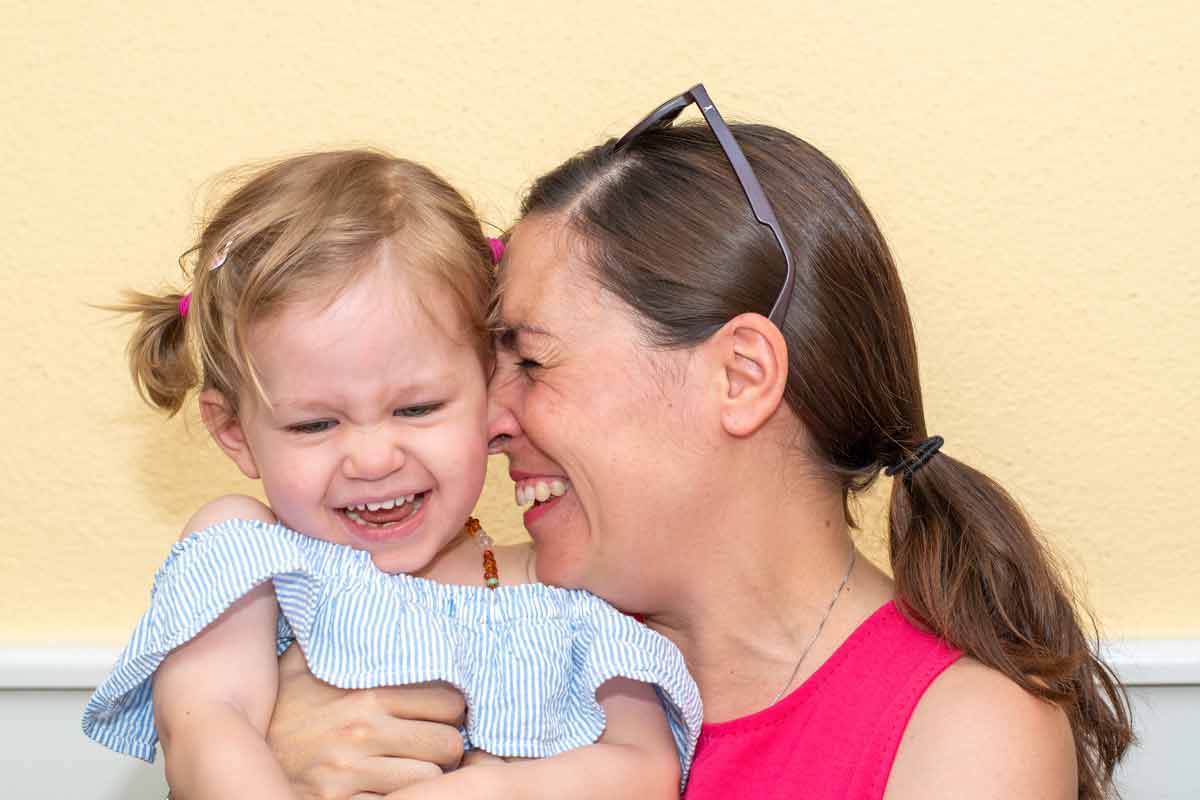
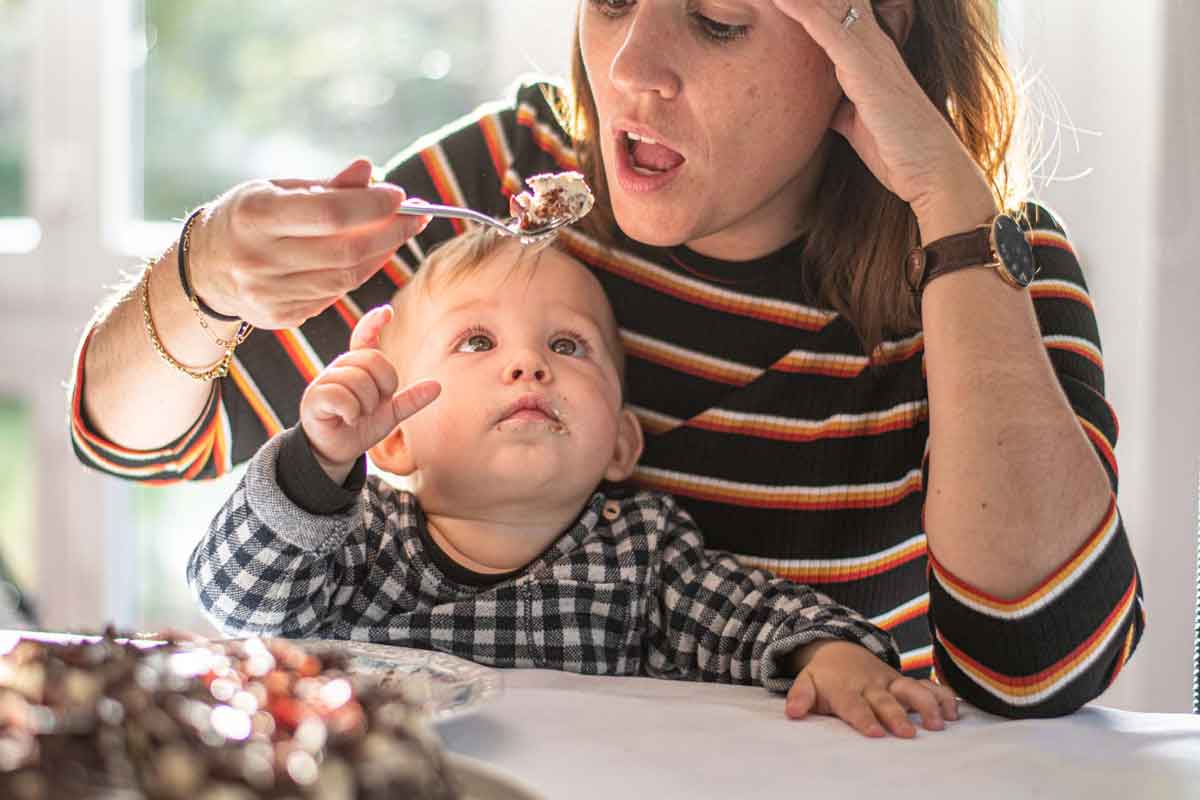
If the photographer at your family event is good, it’s almost as if you don’t feel they are there, that they’re effectively invisible. If you have a personal relationship with your subject, they will present their best side to you. This gives you a huge advantage over a professional photographer, and you should use it. Emotions are found in people, not things. Of course you should also photograph glasses, the table decorations and the general ambience. But the real protagonists of a family occasion are the people taking part, the bride and groom, the birthday boy or girl or the people celebrating their anniversary, and their guests.
Making preparations
To prepare, you should visualise the process. Will the event be taking place outdoors or indoors, during the day or in the evening? What is the prevailing light? Do you want to shoot with the existing light, or will you need to use a flash? How will the flash affect the lighting mood? Will the flashes interrupt the party? The lenses I use for these occasions are fixed focal lengths of 35mm or 50mm. I also pack a zoom in a focal length range of 18 to 200mm. I usually don’t use a tripod because it’s too unwieldy and not suitable for capturing spontaneity.
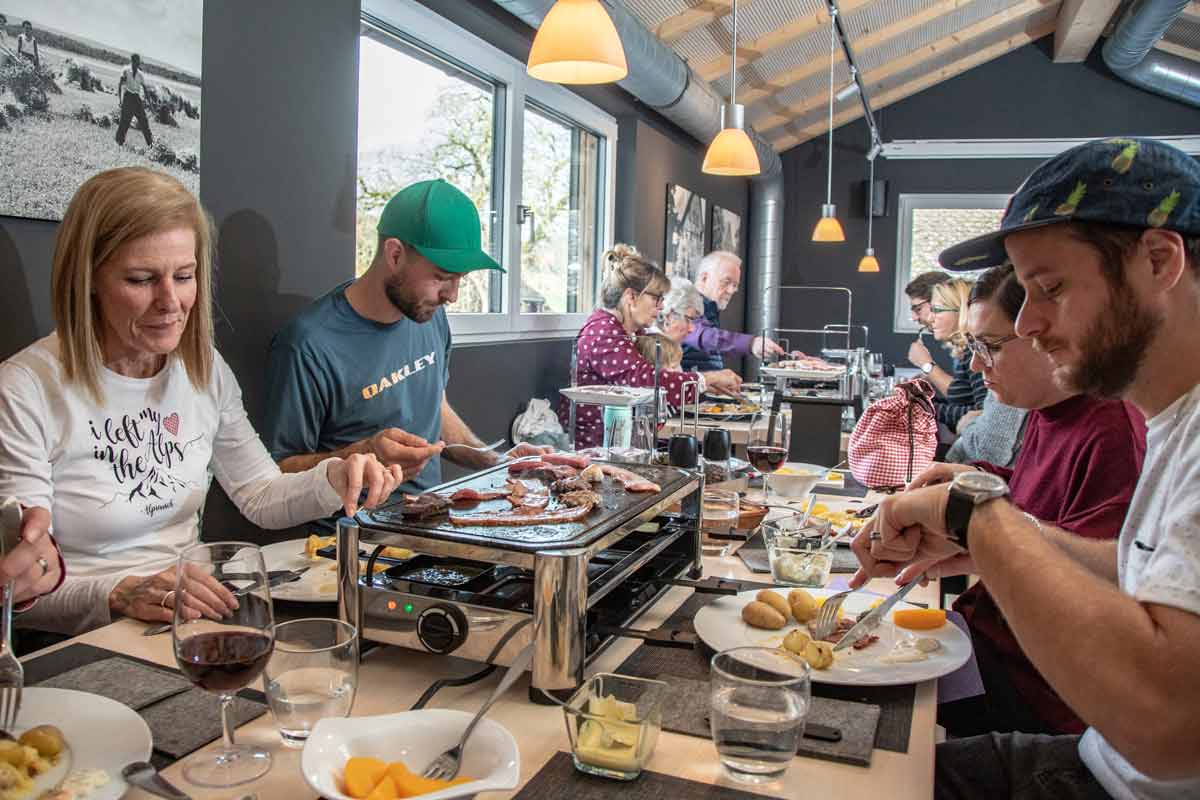
Mobile phone cameras are getting better and better, and can also be used for filming, for example. Technically though, they are not on par with “real” photo cameras. But the downsides such as shakiness, blurring and noise only become evident when the image is enlarged and put on photo paper or in a photo book. Mobile phone photos can quickly become grainy, especially in low light.
Do not photograph people from behind
The face is the part of the body that represents emotions. If possible, photograph people from the front or at least from the side. Unless you specifically want to put the focus on a hairstyle, for example, the back of the head is of no interest to someone looking at a photograph. I often wait in a “lurking” position, with the camera in front of my eye, until the subjects have the facial expression I want to capture. Then I press the shutter several times and capture a whole series of photographs. But I don’t work with the series function. Instead, I photograph and stage each image individually in a flow.

Individual portraits and photos with multiple people
A good snap of one or two people can be taken using the “sneaking technique” so they don’t notice you’re there. The more people there are in the picture, the less effective a spontaneous shot will be. There’s also the risk that someone might be squinting or shown in a unflattering way. If there are three or more people, I take staged photos: I ask for a photo, get the group together, arrange them to find the best pose and positioning within the group and then take three or four photos, from which I choose the best one.

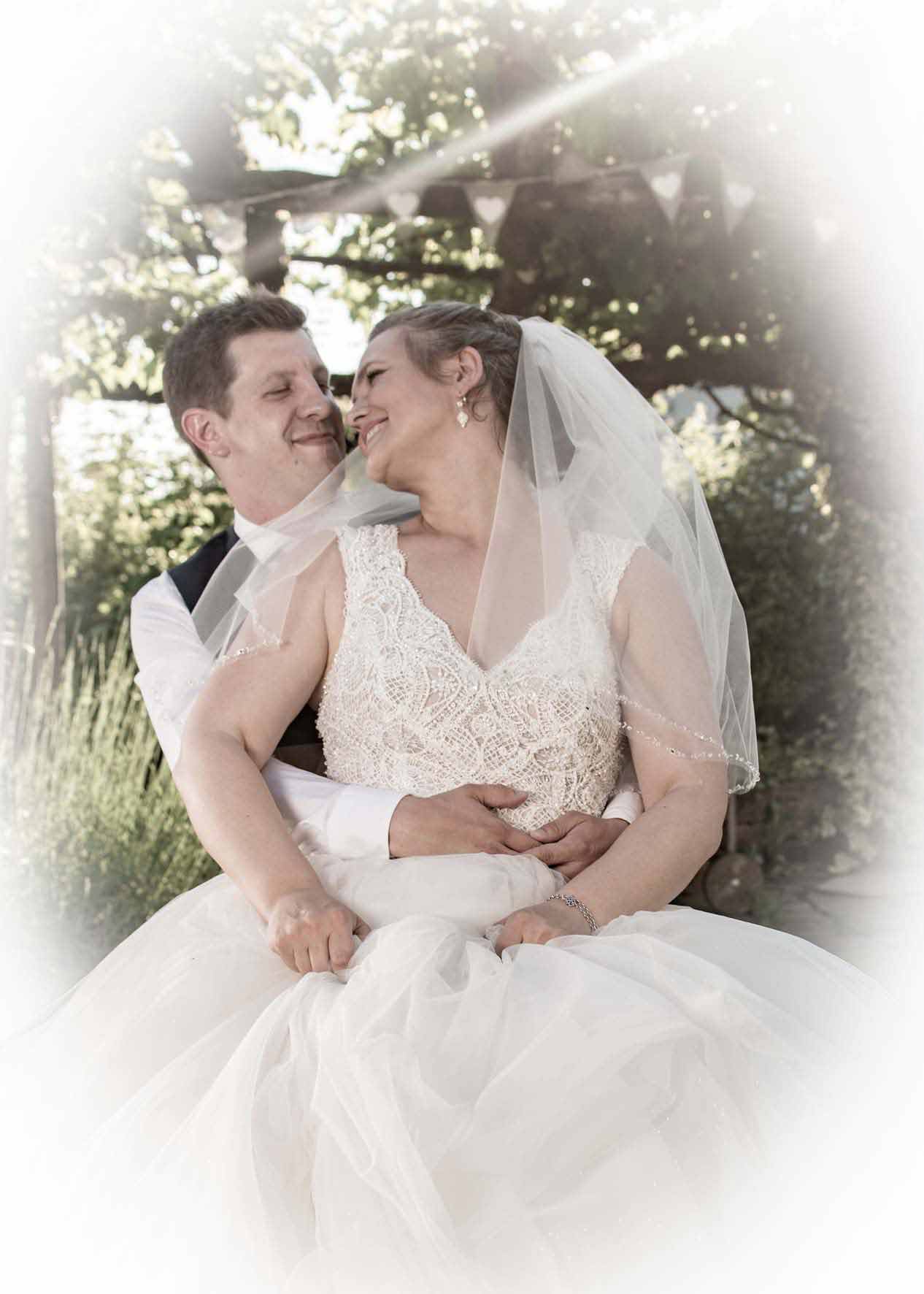
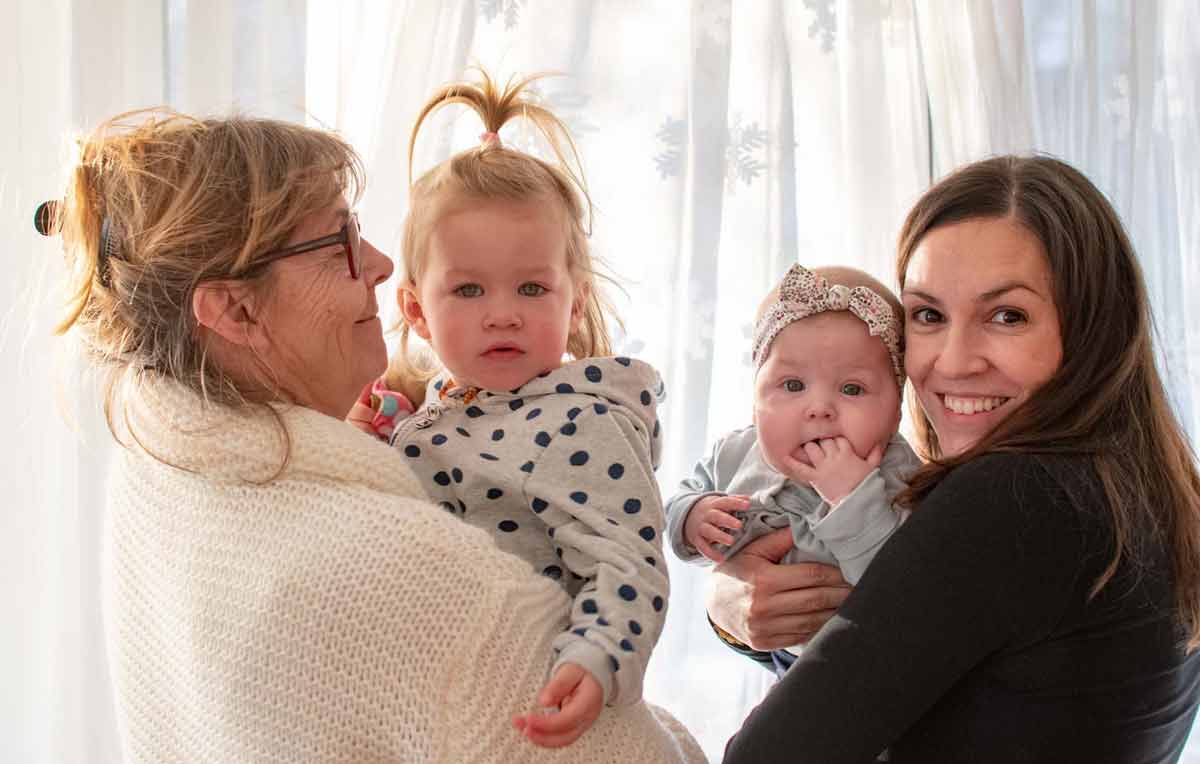
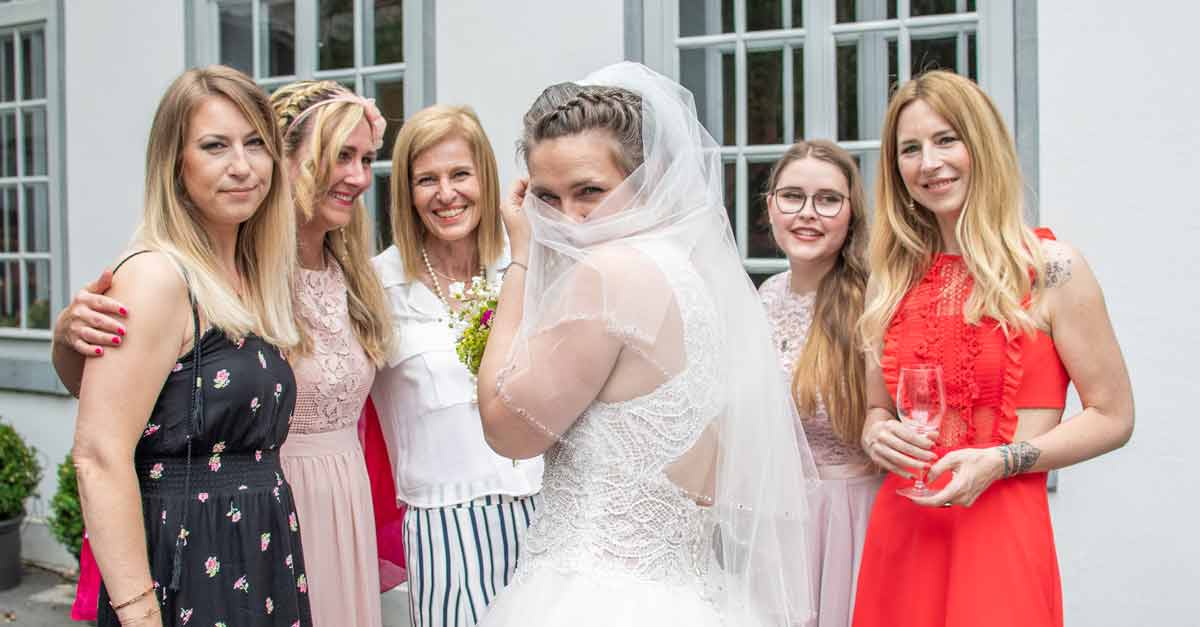
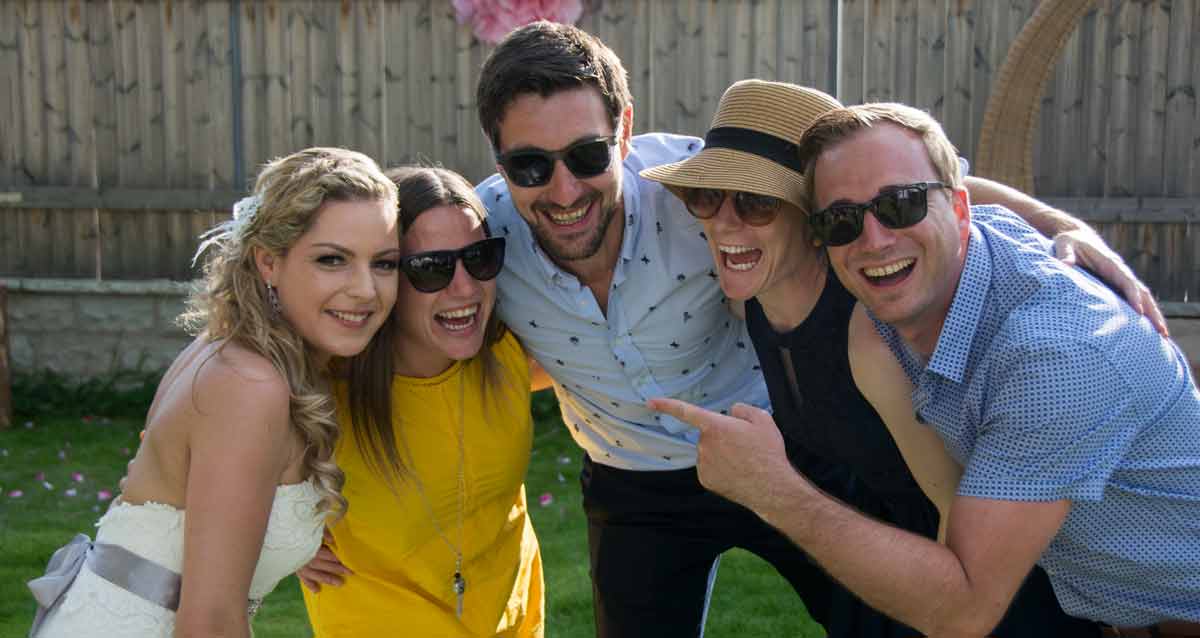
With individuals, facial expressions and light are key. Faces that are surprised, questioning, blurting something out or even pensive are loaded with emotion and have a particularly strong impact. But you can only capture emotions if you have the camera up by your eye and look out for the opportunities that present themselves. Where are the jokes being told, where’s the laughter, where’s the action?
Relationships are everything within the family, and I try to bring them out with photography. The bonds in a parent-child relationship will come out particularly strongly, while the relationships between grandparents, godparents or other relatives will seem a bit less intense. But romantic relationships or long-time partners can also be captured very beautifully. The facial expressions and the position of the people shown in relation to one another are important.
Frame your favourite family photos
A great gift idea for a loved one or why not treat yourself to this great gift. Order your favourite family photos as photo prints and why not get some matching photo frames made out of real wood. Choose between black, white or black painted lime wood or maybe you would like to go for an oak wood, which has a more natural look. The photo frames come in various sizes so that they will fit any print you choose.
Ambience and details
Occasions usually take place in a special ambience. This starts with the special location and ends with the table decorations. For some occasions, it is possible to take care of the important details of a well-rounded photo story in advance.
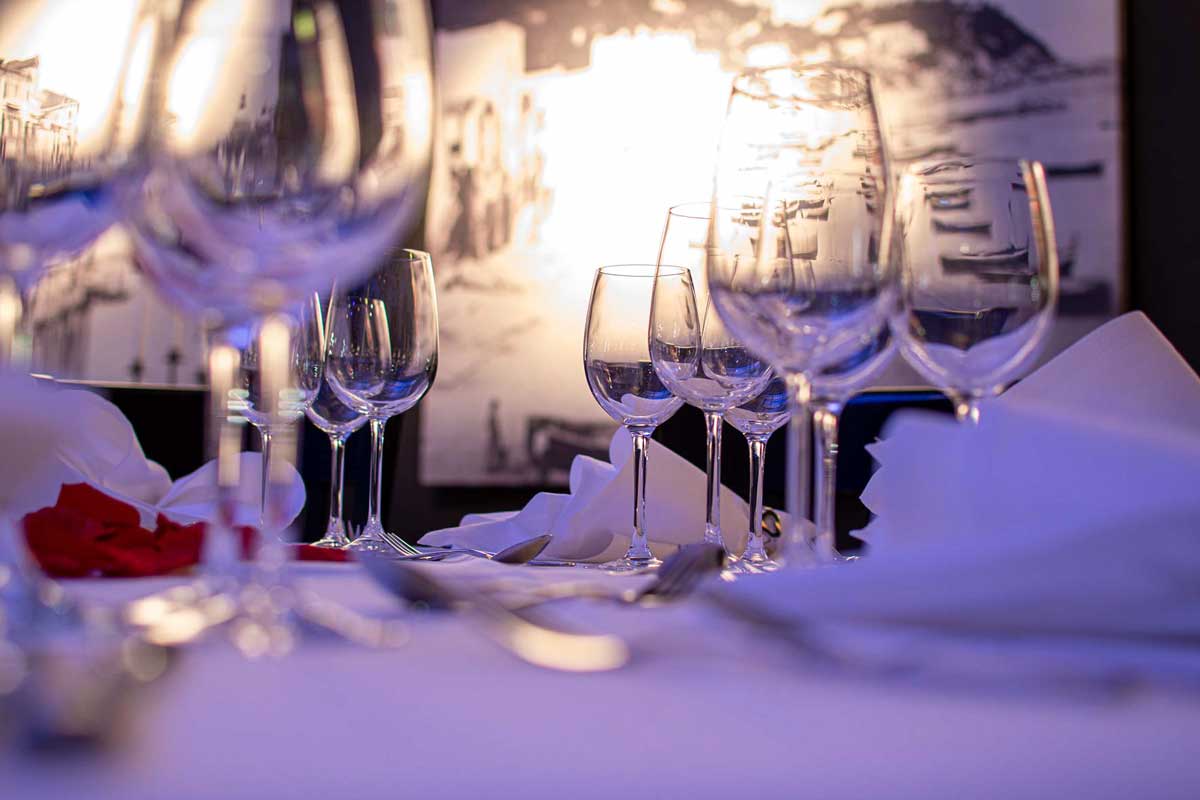
Lighting
Natural light always corresponds to the current mood. During the day, natural light is usually the right type of light. When it gets dark or even indoors, the light is dim. If you want sharp pictures, you will have to increase the ISO setting quite a lot, which will create image noise in case of a fast exposure. Modern cameras can manage an acceptable image quality at an ISO of up to 2,000. There are even top models that can take pictures at an ISO of up to 10,000 with no noise worth mentioning. You can only see the noise when you enlarge the picture and put it into a photo book, on a mural or a photograph.
At a party, the subjects may be static, such as when sitting at a table. Make sure that the exposure time does not result in slightly blurred images. If you shoot at 1/60 of a second or longer, you run the risk of getting slight blurring – my guideline is 1/250 of a second or shorter. I prefer to shoot with faster exposure times and compensate for this with a higher ISO number. Or I work with a flash. If you use a flash, the light reflected off glasses or windows often causes a problem. If the flash hits the reflective surface at about a 30 degree angle, you have a good chance of having no reflected light in the image (off the glasses). All you need to do is photograph the people slightly from the side, rather than directly from the front.

I hope I’ve given you a good solid basis for capturing emotional family photos with my tips and that you have a lot of fun with your photography.

Ralf Turtschi
Ralf Turtschi has made a name for himself as a specialist book author and journalist. He works as a photojournalist, is a hobby photographer and lecturer and gives technical and creative advice on all aspects of photography. He is particularly fond of nature, landscape, portrait, travel, macro, architecture, and night photography.
Further information: www.agenturtschi.ch

